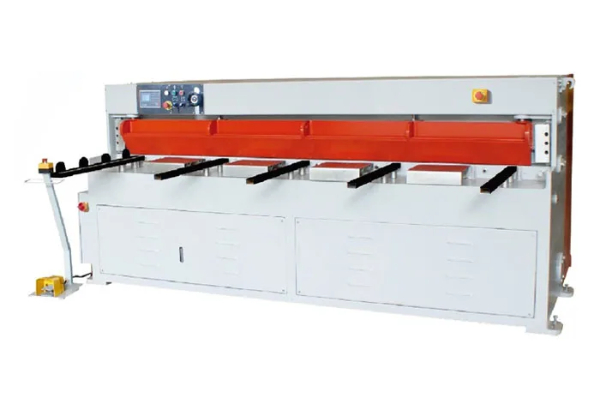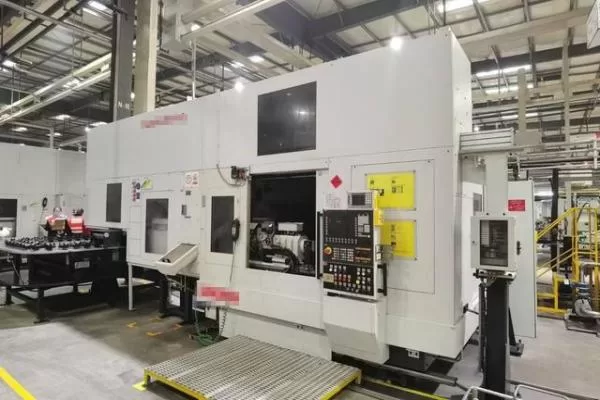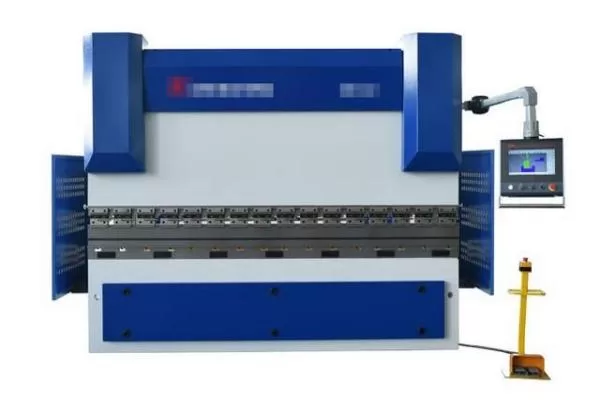
How to Troubleshoot Common Issues with Laser Sheet Cutting Machines
- By:Metmac
- 2024-09-02
- 123
Laser sheet cutting machines are widely used in industrial manufacturing for their precision, efficiency, and versatility. However, like any other complex machinery, they can occasionally encounter issues that can impact their performance. This article provides a comprehensive guide to troubleshooting common problems with laser sheet cutting machines, enabling operators to quickly identify and resolve issues to maintain optimal machine operation.
Mechanical Issues
Mechanical issues are often the root cause of problems in laser sheet cutting machines. Common mechanical issues include:
Linear Motion System Malfunctions: The linear motion system, including the rails, bearings, and motion controllers, ensures accurate movement of the laser head. Worn or damaged components can cause binding, excessive vibration, or positioning errors.
Laser Optics Misalignment: Misalignment of mirrors, lenses, or other optical components can result in poor laser beam delivery, reduced cutting precision, or premature component failure.
Belt Tension Problems: Loose or damaged belts can cause slippage, leading to reduced power transmission and erratic machine movement. Proper tensioning is crucial for optimal performance.
Laser-Related Issues
Laser-related issues can significantly impact the performance of laser sheet cutting machines:
Fluctuating Laser Power: Variations in laser power can result from unstable power supply, faulty laser diodes, or cooling system malfunctions. Consistent laser power is essential for precise cutting and material compatibility.
Beam Degradation: Over time, the laser beam can degrade due to contamination, misalignment, or damage to optical components. This can lead to reduced cutting quality, increased scrap, and premature component failure.
Laser Head Contamination: Contaminants such as dust, debris, or process residue can accumulate on the laser head’s focusing lens or mirrors, obstructing the laser beam path and reducing cutting efficiency.
Electrical Issues
Electrical issues can cause unexpected malfunctions and safety hazards:
Power Supply Problems: Faulty or unstable power supply can lead to voltage fluctuations, power outages, or component damage. Consistent power supply is critical for maintaining machine reliability.
Electrical Wiring Faults: Loose or damaged wiring connections can cause intermittent problems or electrical shorts, disrupting machine operation and posing safety risks.
Control System Errors: The control system, including the CNC controller, software, and sensors, ensures proper machine coordination and operation. Malfunctions or errors in the control system can lead to unexpected behavior or machine downtime.
Software-Related Issues
Software-related issues can affect the machine’s operation and efficiency:
CNC Program Errors: Incorrect or corrupted CNC programs can result in improper toolpath generation, incorrect cutting parameters, or machine crashes. Thorough program validation is essential before running production jobs.
Incompatibility Issues: Incompatible software or firmware updates can lead to communication errors, system instability, or data corruption. Installing and maintaining compatible software versions is crucial.
Data Storage Problems: Corrupted or lost data files can cause significant downtime and data recovery issues. Regular backups and proper data management practices are essential to mitigate these risks.
-
Advanced Sheet Metal Rolling, Cutting, and Folding Machines for Efficient Fabrication
2025/10/22 -
High-Precision Sheet Metal Bending and Cutting Solutions for Modern Manufacturing
2025/10/22 -
High-Precision Solutions from Leading Sheet Metal Cutting Machine Manufacturers
2025/09/11 -
Reliable Sheet Metal Equipment for Sale to Support Precision Fabrication
2025/07/17
-
High-Performance Sheet Metal Equipment for Sale: Forming and Shearing Solutions for Modern Fabrication
2025/10/22 -
Precision and Performance: Advanced Sheet Metal Processing Solutions
2025/10/17 -
Advanced Sheet Metal Press, Shearing, and Forming Machines
2025/10/17 -
High-Performance Sheet Metal Laser Cutting Machines for Sale — Precision and Efficiency Combined
2025/10/17
-
A Guide to the Latest Innovations in Sheet Metal Folding Machines
2024/11/29 -
Key Features to Consider When Investing in a Sheet Metal Folding Machine
2024/11/28 -
Enhancing Precision with Advanced Sheet Metal Folding Machines
2024/11/27 -
How to Choose the Right Sheet Metal Folding Machine for Your Workshop
2024/11/26







